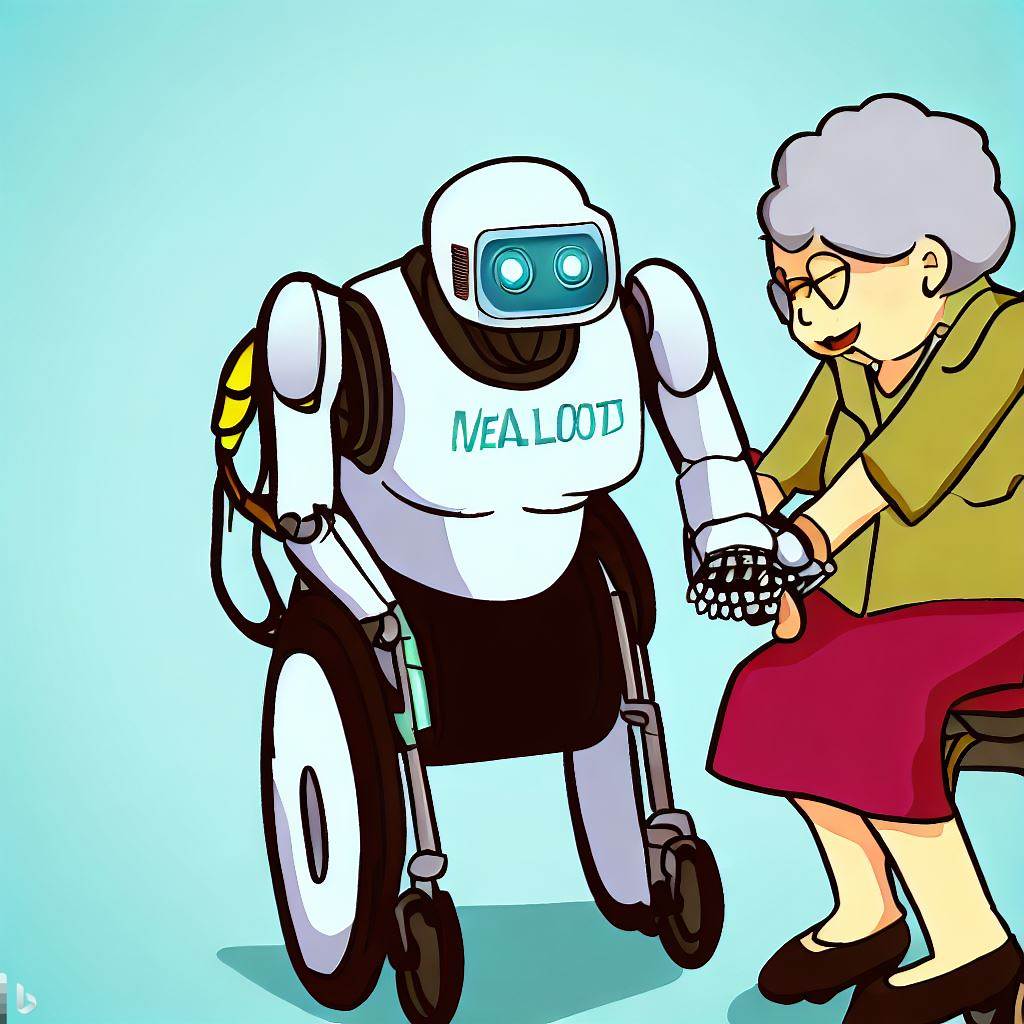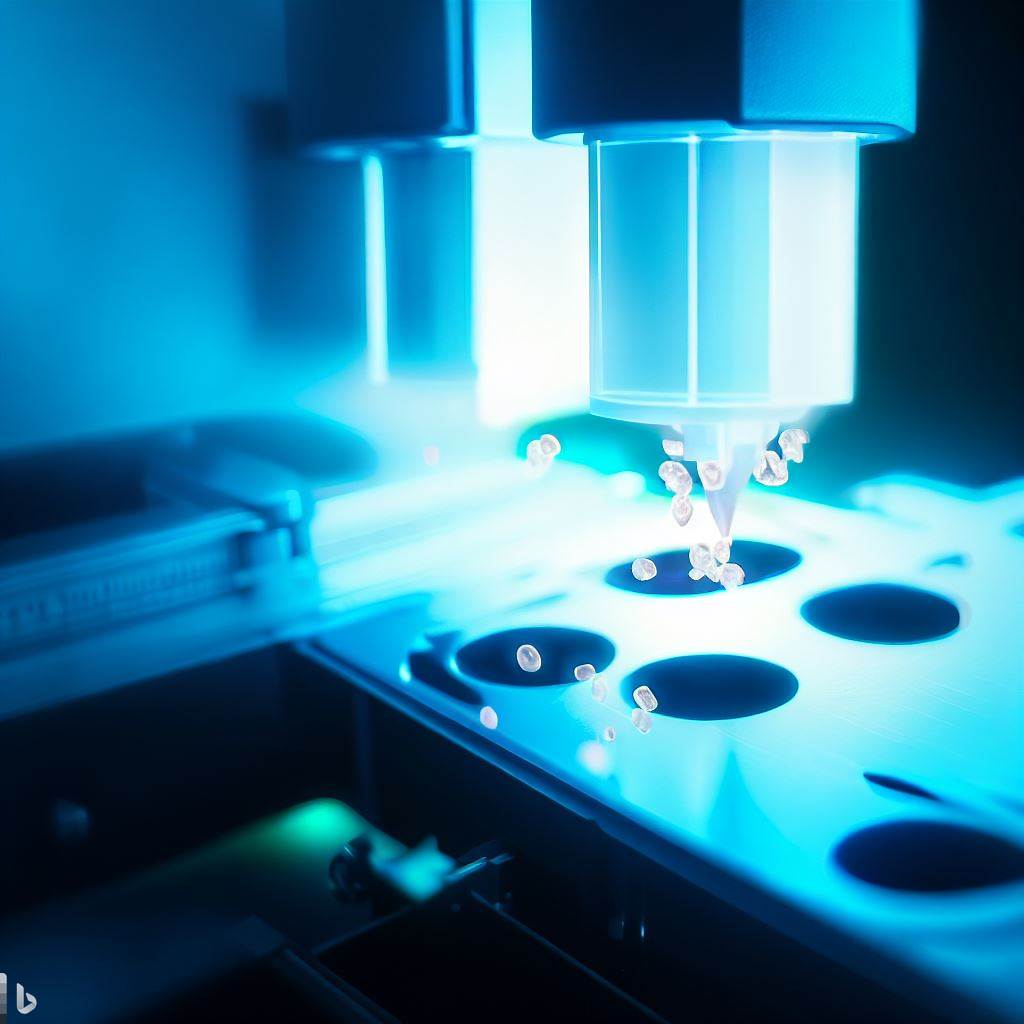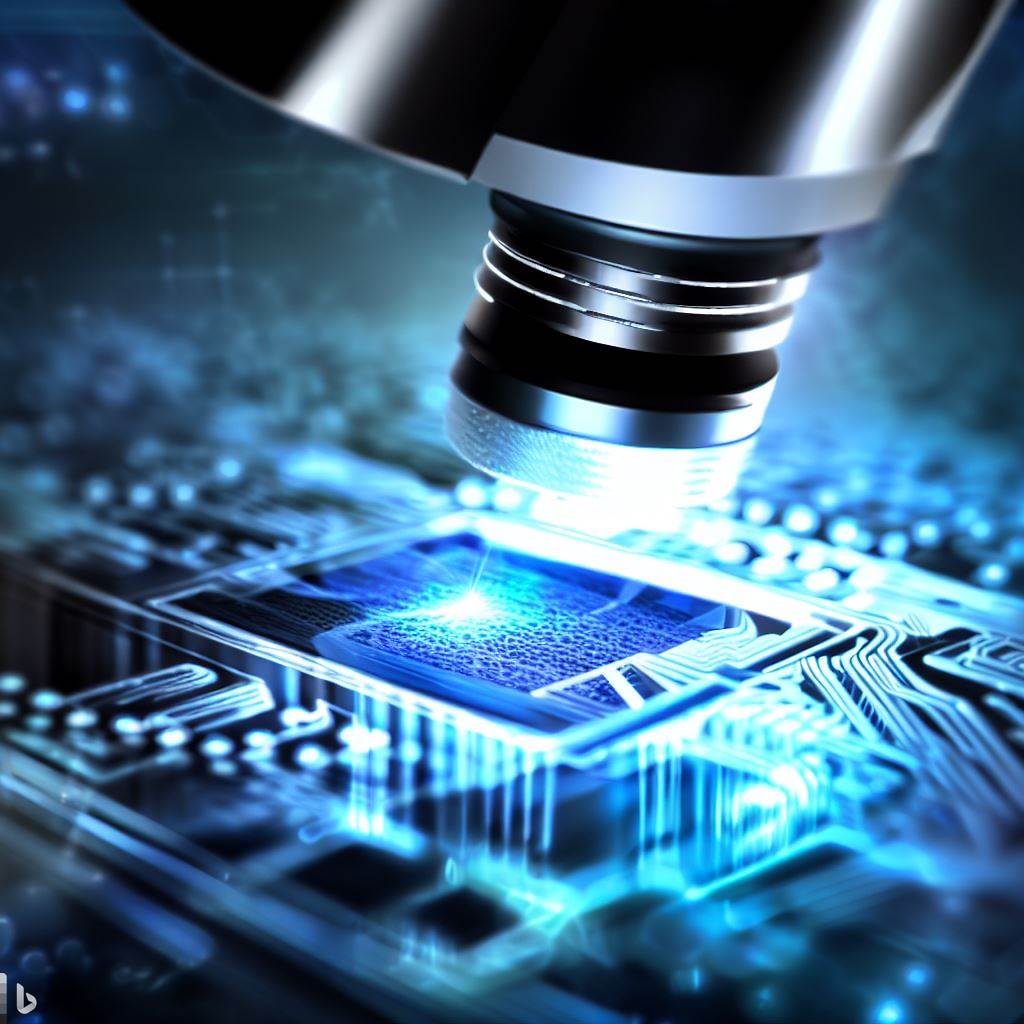Celly: a blog about digital microscopy
-

How Modern Technologies Will Improve Medicine in Africa
Africa is a continent that faces many challenges in the field of medicine, such as lack of infrastructure, resources, personnel, and access to quality health care. However, Africa is also a continent that has great potential and opportunities for innovation and development. Modern technologies, such as artificial intelligence (AI), mobile devices, blockchain, and biotechnology, can…
-

How technology is making diagnostics more accessible and efficient: 3 examples from the future of healthcare
Diagnostics is the process of identifying the nature and cause of a disease or condition based on signs, symptoms, tests, and other information. Diagnostics is essential for effective treatment, prevention, and management of diseases. However, diagnostics is also challenging, complex, and often prone to errors. That’s why there is a growing need for innovative technologies…
-

How Blood Flow Cytometry Works
Blood flow cytometry is a technique that uses a device called a flow cytometer to measure and analyze the physical and chemical properties of blood cells. Blood flow cytometry can provide valuable information about the number, size, shape, and function of different types of blood cells, such as red blood cells, white blood cells, and…
-

The Origins of Pap Test: The Discovery of Cervical Cancer
Pap test, also known as Pap smear or cervical screening, is a test that examines the cells of the cervix to detect any abnormal changes that may indicate cervical cancer or precancerous lesions. Pap test is one of the most effective methods of preventing cervical cancer, which is the fourth most common cancer among women…
-

The History of Complete Blood Count Test: From Microscope to Machine
Complete blood count (CBC) test is one of the most common and important blood tests that measures the number and characteristics of different types of cells in the blood, such as red blood cells, white blood cells, and platelets. CBC test can help diagnose and monitor various diseases and conditions, such as anemia, infection, inflammation,…



